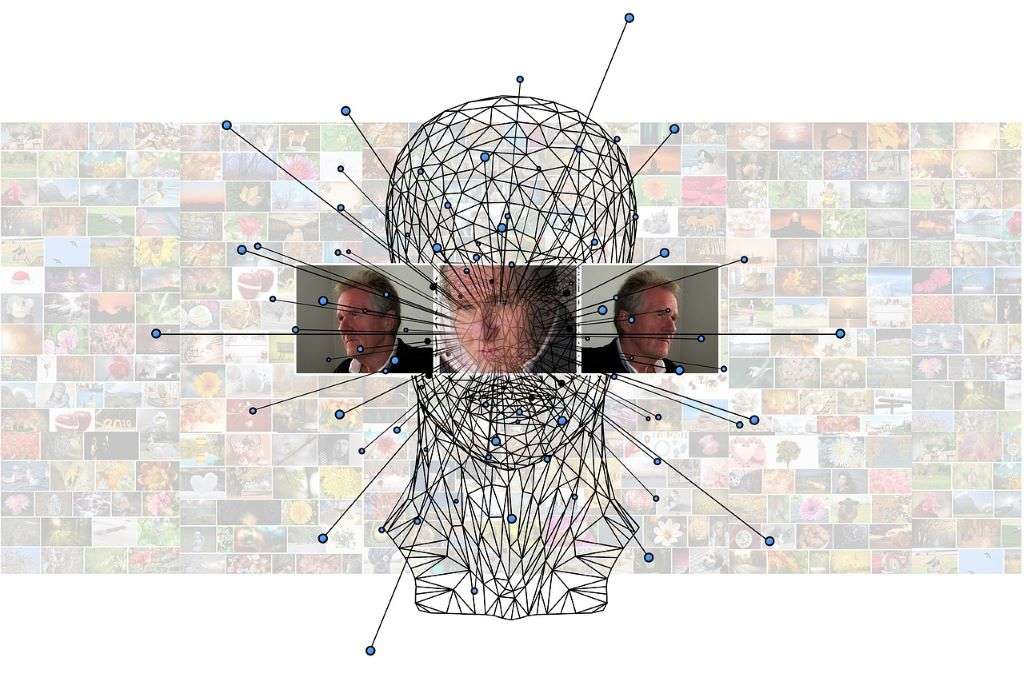Deciphering Data Science and Machine Learning: Your Comprehensive Guide to the Future of Information
Data science and machine learning have taken center stage in the world of technology and business.
As organizations are inundated with vast amounts of data, the ability to extract meaningful insights from this information is paramount.
Enter data science and machine learning, two fields that use scientific methods and algorithms to decipher patterns, predict trends, and drive decision-making.
This article serves as an in-depth guide to understanding data science and machine learning and their significance in today’s world.
Unraveling Data Science
Data Science is a multidisciplinary field that uses scientific methods, processes, and systems to extract knowledge and insights from structured and unstructured data.
It involves various techniques and theories derived from many fields, including mathematics, statistics, information science, and computer science.
A Data Scientist’s role typically involves collecting, cleaning, and analyzing data to provide actionable insights.
They apply various statistical models and algorithms to the data, identify trends and patterns, and interpret their findings to guide business decisions.
A Primer on Machine Learning
Machine Learning, a subset of artificial intelligence (AI), enables computers to learn from data and improve their performance without explicit programming.
In other words, machine learning algorithms use historical data to predict future behavior, trends, or outcomes.
Machine learning algorithms are categorized into supervised learning, unsupervised learning, and reinforcement learning. Supervised learning algorithms learn from labeled data to predict outcomes for unforeseen data.
Unsupervised learning algorithms analyze unlabeled data and find hidden patterns or intrinsic structures.
Reinforcement learning is a type of machine learning where an agent learns to behave in an environment by performing actions and seeing the results.
The Intersection of Data Science and Machine Learning
Data science and machine learning often intersect as they both revolve around data. Data scientists use machine learning algorithms to analyze data and derive insights.
On the other hand, machine learning depends on data science to provide meaningful data and robust preprocessing methodologies.
Applications of Data Science and Machine Learning
From healthcare to finance, data science and machine learning have found applications across a wide range of sectors:
- Healthcare: Predictive analytics can help identify disease risk factors and enable early interventions. Machine learning algorithms can also assist in medical image analysis for diagnostic purposes.
- Finance: Data science is used for risk analysis, fraud detection, investment modeling, and customer segmentation.
- Retail: Machine learning algorithms can predict customer purchasing behavior, enhance personalized marketing, and optimize inventory management.
- Transportation: Data science and machine learning play a critical role in optimizing routes, predicting vehicle breakdowns, and powering autonomous vehicles.
The Future of Data Science and Machine Learning
The future of data science and machine learning looks promising.
With advancements in computational capabilities and the growth of Big Data, the applications of these fields are expanding rapidly.
The integration of machine learning with IoT (Internet of Things) and advancements in deep learning, a subset of machine learning, are opening up new avenues for exploration and implementation.
Conclusion
Data science and machine learning are powerful tools that harness the power of data to generate insights and predictions.
They’re transforming industries and changing how we understand and interact with the world.
While these fields are complex and ever-evolving, a fundamental understanding of their principles, methodologies, and applications is essential for anyone interested in the future of technology and business.
Harvard University provides an online course, offering valuable insights into the dynamic fields of Data Science and Machine Learning. Engage with top-notch faculty and explore transformative knowledge at your own pace.
FAQs for Data Science and Machine Learning:
- What is Data Science?
- Data Science is a multidisciplinary field that utilizes scientific methods and algorithms to extract knowledge and insights from structured and unstructured data, incorporating techniques from mathematics, statistics, information science, and computer science.
- What does a Data Scientist do?
- A Data Scientist’s role involves collecting, cleaning, and analyzing data to provide actionable insights. They apply statistical models and algorithms to identify trends and patterns, interpreting findings to guide business decisions.
- What is Machine Learning?
- Machine Learning is a subset of artificial intelligence (AI) that enables computers to learn from data and improve performance without explicit programming. It uses historical data to predict future behavior, trends, or outcomes.
- What are the categories of Machine Learning algorithms?
- Machine Learning algorithms are categorized into supervised learning (predicting outcomes from labeled data), unsupervised learning (finding patterns in unlabeled data), and reinforcement learning (learning from performing actions and observing results).
- How do Data Science and Machine Learning intersect?
- Data Science and Machine Learning intersect as both revolve around data. Data scientists use machine learning algorithms to analyze data and derive insights, while machine learning relies on data science for meaningful data and robust preprocessing methodologies.
- What are the applications of Data Science in healthcare?
- In healthcare, Data Science is applied for predictive analytics to identify disease risk factors, enable early interventions, and assist in medical image analysis for diagnostic purposes.
- How is Data Science used in finance?
- Data Science is utilized in finance for risk analysis, fraud detection, investment modeling, and customer segmentation.
- What applications do Machine Learning algorithms have in retail?
- Machine Learning algorithms in retail predict customer purchasing behavior, enhance personalized marketing, and optimize inventory management.
- How do Data Science and Machine Learning impact transportation?
- In transportation, these fields optimize routes, predict vehicle breakdowns, and contribute to the development of autonomous vehicles.
- What is the future outlook for Data Science and Machine Learning?
- The future of Data Science and Machine Learning looks promising, with advancements in computational capabilities, the growth of Big Data, and integration with IoT and deep learning. These fields continue to expand their applications in various industries.
These FAQs provide a foundational understanding of Data Science and Machine Learning, covering their definitions, applications, and the intersection of these two powerful fields.



Comments